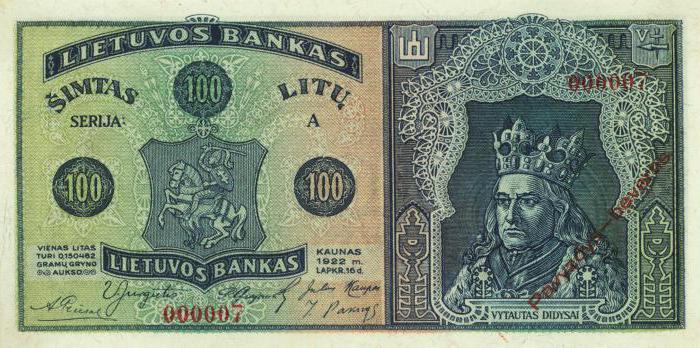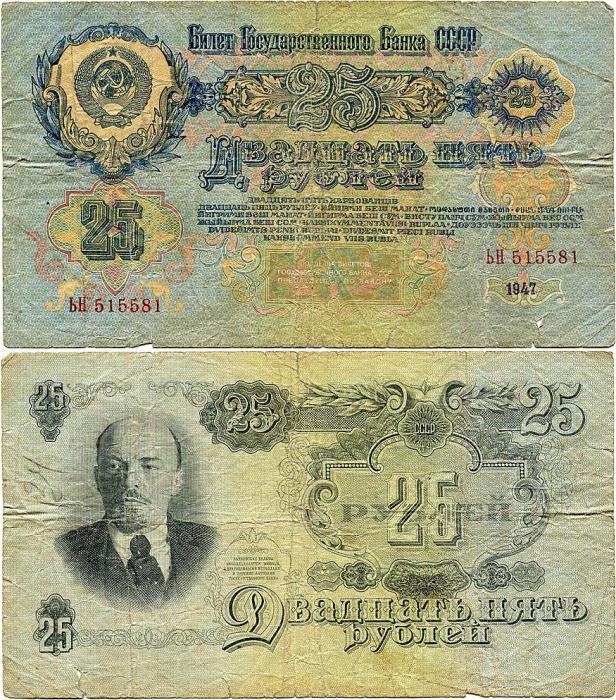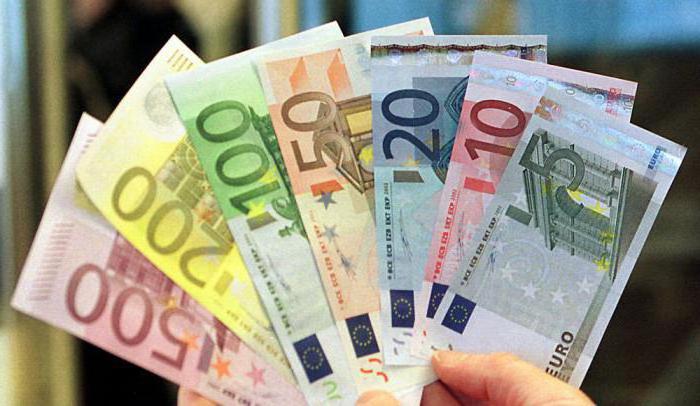Lithuania is a modern European country, formerly part of the USSR and today having great economic ties with the CIS countries and especially with Russia. Over the past 100 years, the currency has changed several times depending on political and economic events.
Currency of the first republic
After World War I, Lithuania did not have its own currency, so it used the East German ruble. But after the rampant inflation process began, the entire financial system of the country became stupid: banks, credit organizations were disrupted, difficulties arose in all foreign exchange transactions. As a result, it was urgently decided to create the currency of Lithuania.

In 1922, the Seimas adopted the Law "On the Introduction of the Lithuania and the Establishment of the Bank of Lithuania". This is a historical event, because it is with him that the history of the first national banknotes of the state begins. From October 1 of the same year, the official currency of Lithuania is lit. This money had a gold content, which corresponded to 1/10 of its content in the American dollar. Banknotes were printed in European countries - Germany, Czechoslovakia and England, the first coins were also minted mainly abroad, although some of them were made in the city of Kaunas.
Soviet period in the financial system of Lithuania
With the outbreak of World War II and the aggression of Germany, the Soviet Union occupied the Baltic states: Lithuania, Latvia and Estonia in order to protect its western borders. This happened in 1940. And from the end of March 1941, the currency of Lithuania was replaced by the Soviet ruble. For the next 50 years, until the collapse of the USSR, the state was in the zone of the Soviet financial system; it did not have its own banknotes. The ruble was a strong currency. During Stalin’s time as General Secretary, he even had a gold content, although the Bretton Woods system “walked” around the world with might and main. She assumed the replacement of all gold with a single reserve currency - the dollar. therefore Soviet money under Dzhugashvili, they were constantly getting more expensive amid inflation of all world currencies after the adoption of the Bretton Woods Agreements. But this did not last long, and already with the advent of Khrushchev, the ruble lost its gold content and joined the currencies undergoing constant depreciation, which had an impact on the financial situation of ordinary people, including the people of Lithuania.

Currency after leaving the USSR
After gaining independence in 1991, temporary money was put into circulation, which the people had the name "vagnorki". On October 1, 1992, exactly 70 years after the first introduction of national signs, the currency of Lithuania acquired its historical name - Lithuanian litas. It was put into circulation in the summer of 1993, and temporary coupons were exchanged in the ratio of 100 to 1. 1 Lithuanian litas consisted of 100 cents.
Having become independent, Lithuania began to pursue a policy of rapprochement with European states. This country has long family ties with the countries of the Central and Western parts of the Old World, there is also a common historical past, to take at least chivalry. The Baltic states were the location of the Teutonic Order - one of the most influential. Therefore, already in the early 90s, it was clear that in the future Lithuania would enter the Eurozone (Euro currency).

The process of Lithuania's entry into the Eurozone
The litas of independent Lithuania was initially pegged to the dollar and amounted to 0.25 of the value of 1 USD. But after 10 years, in 2004, it began to be measured in Euros. The course was 3.4528 litas for 1 EUR. This operation was carried out with the aim of further simplified entry into the Eurozone.The requirements for applicants for entry are quite strict, and not all countries can fulfill them. This is evidenced by the fact that Lithuania was not able to do everything the first time, and the European commissioners rejected the application of the government of this country to enter the zone of the single European currency.
The requirements themselves were spelled out in the early 90s in the Maastricht Agreements, which determine whether a candidate country is eligible or not. This includes characteristics such as the stability of the financial system, the level of inflation and public debt, a stable exchange rate against the euro, and the position of law in the economy. In 2007, Lithuania’s attempt to enter the Euro zone was a failure - a tenth of the inflation rate caused a rejection of the application. Moreover, the country that refused this Lithuania was Germany. And not in vain! The next 5 years became critical for Lithuania, the economic downturn was at 15%.

Modern monetary system of Lithuania
If you ask yourself what currency is in Lithuania today, there is only one answer - the country has switched to the euro. There is nothing surprising here. With the onset of economic difficulties in 2008-2009. Lithuanian authorities switched to austerity measures. As a result, the crisis was overcome, and the country emerged from it even with a plus, which served as a signal for a second attempt to enter the eurozone. This step was more successful than the first, the result was the approval of the application by European commissioners.
Thus, the currency of Lithuania since 2015 is the euro, the country has become the last of the Baltic countries and the 19th member in the general list.






